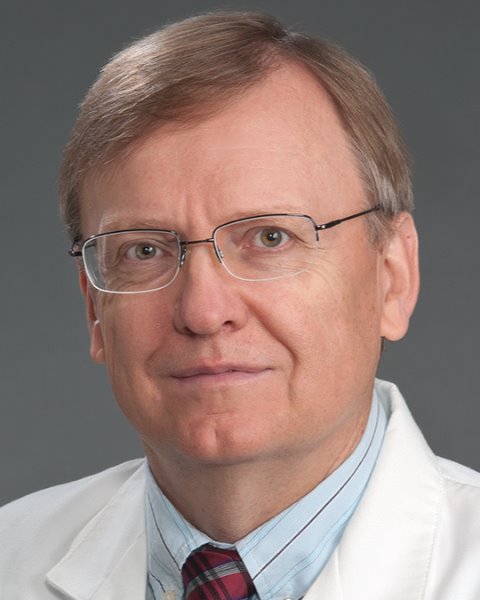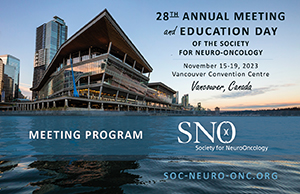
Waldemar Debinski
Atrium Health Wake Forest Baptist Comprehensive Cancer Center
Winston-Salem, North Carolina, United States
I have been primarily interested in potential clinical applications of medical research and thus in its translational side. I worked at the Clinical Research Institute of Montreal while pursuing a PhD Program at McGill’s Department of Medicine. For my post-PhD training, I went to the NCI’s Laboratory of Molecular Biology, which is focused on targeted therapy of cancer. There, we produced the first conjugate candidate drug showing anti-tumor efficacy in a hard-to-treat model of colorectal cancer among other contributions to targeted therapies of cancer. I led a Laboratory of Molecular Targeting at the University of Montreal, Hotel-Dieu Hospital Research Center. I designed and produced the first generation cytotoxin based on wild-type interleukin 13 (IL-13), and continued this line of research at the Department of Neurosurgery at Penn State’s Hershey Medical Center. Importantly, this cytotoxin went through Phase III clinical trials in patients with recurrent glioblastoma (GBM) showing clinical efficacy. My laboratory discovered the first factor in GBM over-expressed in majority of tumors, but not normal brain – IL-13RA2 receptor. In 2004, I joined Wake Forest School of Medicine. I continued search for targets for anti-cancer therapies and designed advanced forms of GBM-specific cytotoxins while developing the concept of combinatorial therapy of GBM. My lab was first to document the phenotypic tumor heterogeneity and then first tri-molecular signature of GBM: IL-13RA2, EphA2 receptor and fos-related antigen 1 (FRA-1). My extensive experience in successful discovery of targets specific to cancer, their pathophysiological role in cancer, and rational engineering of targeted recombinant proteins, enabled development of novel, specific and promising means of detecting and treating cancers over-expressing tumor-specific and tumor-associated antigens. I have particular interest in the convection-enhanced delivery (CED) and faithful large animal models of the disease.

